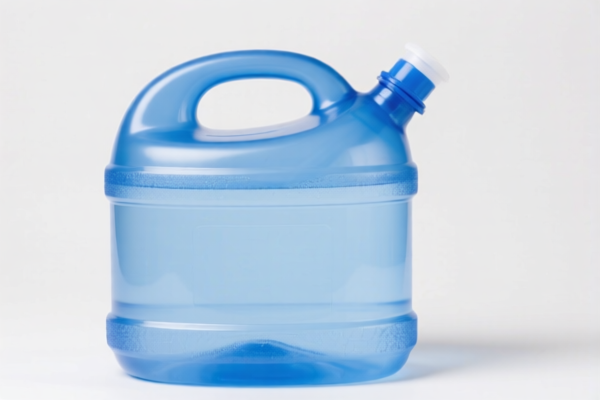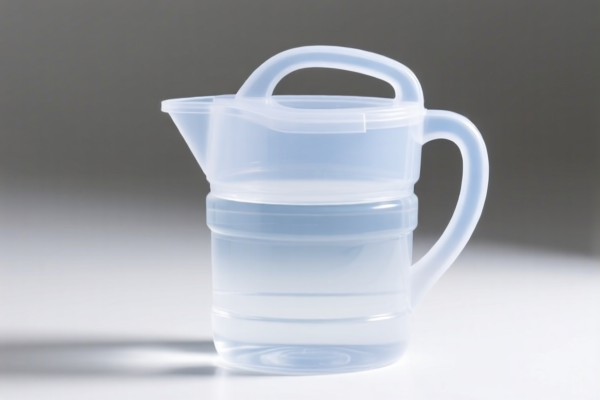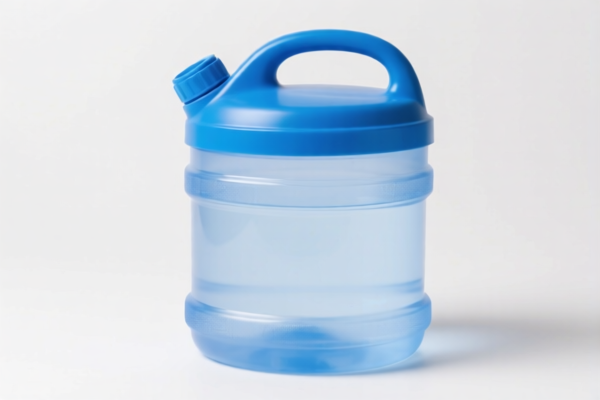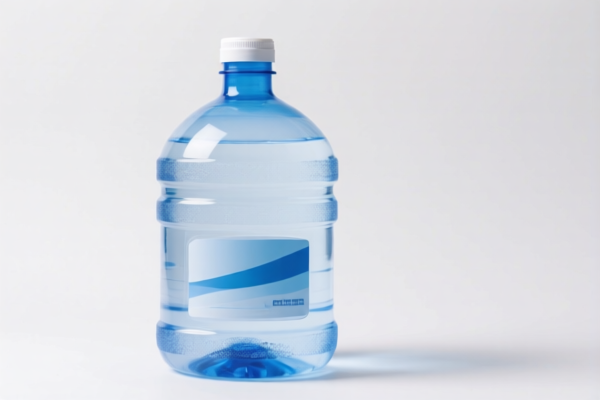| HS Code | Official Doc | Tariff Rate | Origin | Destination | Effective Date |
|---|---|---|---|---|---|
| 3910000000 | Doc | 58.0% | CN | US | 2025-05-12 |
| 6909900000 | Doc | 59.0% | CN | US | 2025-05-12 |




HS Code Classification & Duty Analysis for "SILICONE POT"
Based on the provided information, your declared item "SILICONE POT" potentially falls under two HS codes. Here's a detailed breakdown to help you determine the most accurate classification and understand the associated duties:
1. HS Code: 3910.00.00.00 – Silicones in primary forms
- Chapter 39: Plastics and articles thereof. This chapter covers a wide range of plastic materials, including silicones.
- 39.10: Silicones in primary forms. This specifically refers to basic silicone materials before they are processed into finished products.
-
39.10.00.00: This is the most granular level, covering all silicones in primary forms.
- Applicability to your item: This code is suitable if you are importing raw silicone material that is then used to make silicone pots. For example, silicone rubber in pellet or liquid form.
- Duty Details:
- Basic Duty: 3.0%
- Additional Duty: 25.0% (until April 2, 2025) / 30.0% (after April 2, 2025)
- Total Duty: 58.0%
2. HS Code: 6909.90.00.00 – Ceramic wares for laboratory, chemical or other technical uses; ceramic troughs, tubs and similar receptacles of a kind used in agriculture; ceramic pots, jars and similar articles of a kind used for the conveyance or packing of goods: Other
- Chapter 69: Ceramic products. This chapter covers products made from ceramic materials.
- 69.09: Ceramic wares for laboratory, chemical or other technical uses; ceramic troughs, tubs and similar receptacles of a kind used in agriculture; ceramic pots, jars and similar articles of a kind used for the conveyance or packing of goods.
-
69.09.90.00: This covers "Other" ceramic articles falling within the broader category of 69.09.
- Applicability to your item: This code is suitable if you are importing finished silicone pots, especially if they are marketed for uses like laboratory, chemical applications, or agricultural purposes. Even if not specifically for those uses, it could apply if they are considered general-purpose ceramic pots.
- Duty Details:
- Basic Duty: 4.0%
- Additional Duty: 25.0% (until April 2, 2025) / 30.0% (after April 2, 2025)
- Total Duty: 59.0%
Key Considerations & Recommendations:
- Material Composition: The most crucial factor is the actual material of the "SILICONE POT". Is it made of pure silicone, or is it a composite material (e.g., silicone-coated ceramic)? If it's a composite, the dominant material will determine the correct HS code.
- End Use: How is the pot intended to be used? Laboratory, chemical, agricultural, or general household? This can influence the classification.
- Product Form: Is it a raw material, a semi-finished product, or a finished good?
- Certification: Depending on the end use (e.g., food contact), you may need to provide certifications like FDA or LFGB compliance reports.
- Invoice & Packing List: Ensure your invoice and packing list clearly describe the material composition, end use, and product form.
- 2025 Tariff Changes: Be aware of the additional tariff changes coming into effect on April 2, 2025.
Action Required:
- Verify Material: Double-check the exact material composition of your "SILICONE POT".
- Confirm End Use: Clearly define the intended use of the product.
- Consult with a Customs Broker: It is highly recommended to consult with a licensed customs broker in China. They can provide a definitive HS code classification based on your specific product details and ensure compliance with all import regulations.
- Prepare Documentation: Gather all relevant documentation, including invoices, packing lists, and any certifications.
Disclaimer: This information is for general guidance only and does not constitute professional customs advice. HS code classification is complex and subject to interpretation. Always consult with a qualified customs broker for accurate and up-to-date information.
Customer Reviews
No reviews yet.